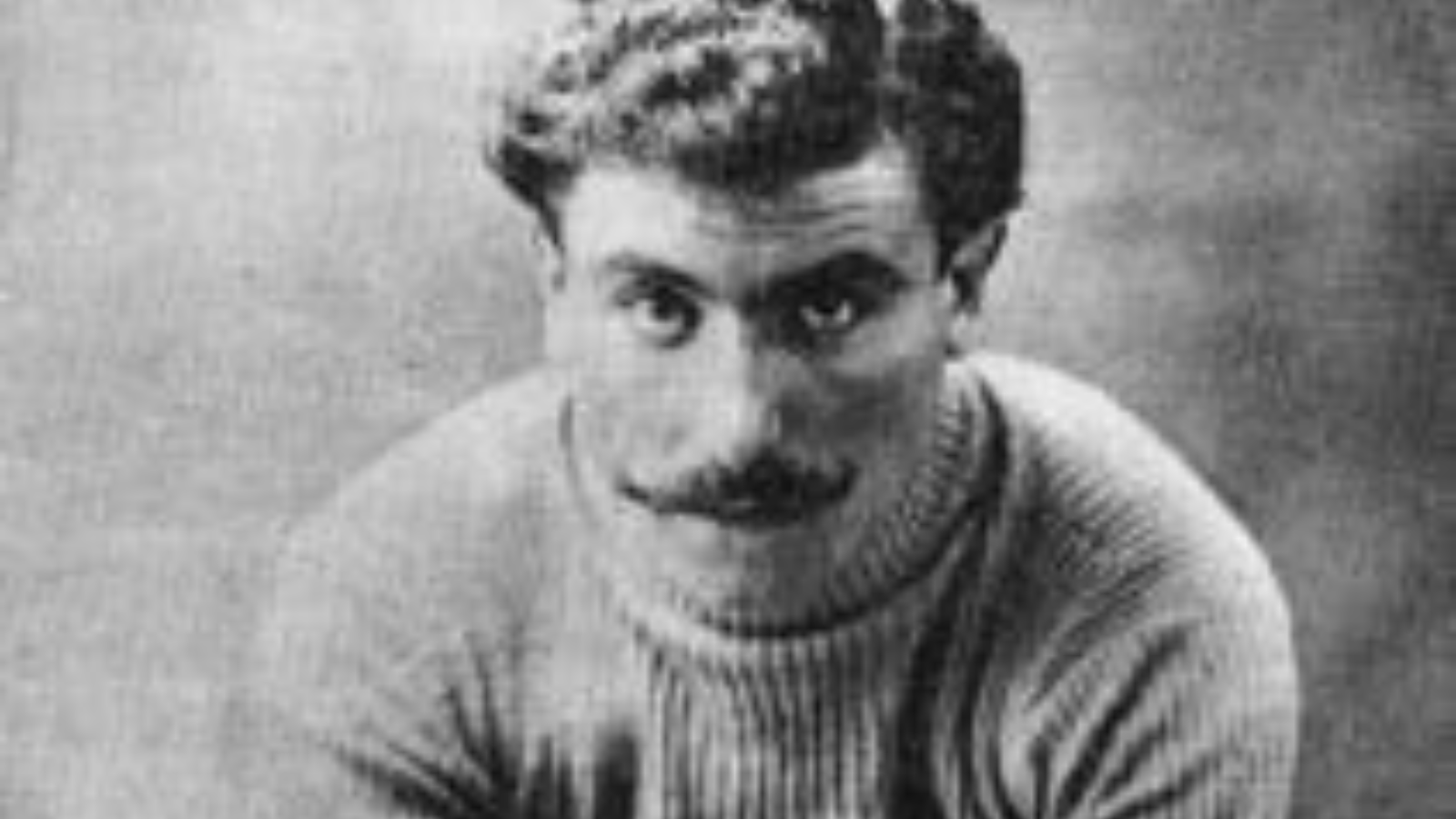There is a story about Louis Trousselier (1881-1939), the winner of Tour de France in 1905, that’s makes him one of those very characteristic protagonists of the early days of road cycling races: he lost all his prize money earned during the Tour de France by playing dice with friends on the night of his victory.
Trousselier was a big gambler in many senses.
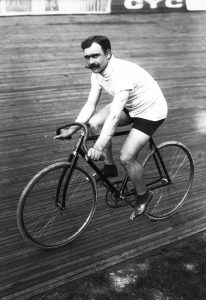 He did’t rode the first Tour de France in 1903, because he was banned. Earlier that year, he finished Bordeaux-Paris second, but was disqualified because he had taken shelter behind a car during the race.
He did’t rode the first Tour de France in 1903, because he was banned. Earlier that year, he finished Bordeaux-Paris second, but was disqualified because he had taken shelter behind a car during the race.
In 1905, he was on a few days leave from the army, when he rode Tour de France and he was eager to get the best result possible hoping, that he won’t be considered as deserter because of his too late return. Well, he won the race in 1905, alsowas the best cyclists on 5 stages. He took the life easy, when he lost the prize money:
“There’s always another Tour to win it back again.” – he said.
But the triumph at the Tour de France 1905 was Trousselier’s best result, he never repeated his success (finished 3rd in 1906 and 8th in 1909, also entered the race four other occasions without finishing them.) He won a total of 13 stages.
Louis Trousselier also won Paris-Roubaix in 1905.
READ MORE ONTHE EARLY YEARS OF TOUR DE FRANCE (1903-1914) ON PELOTONTALES
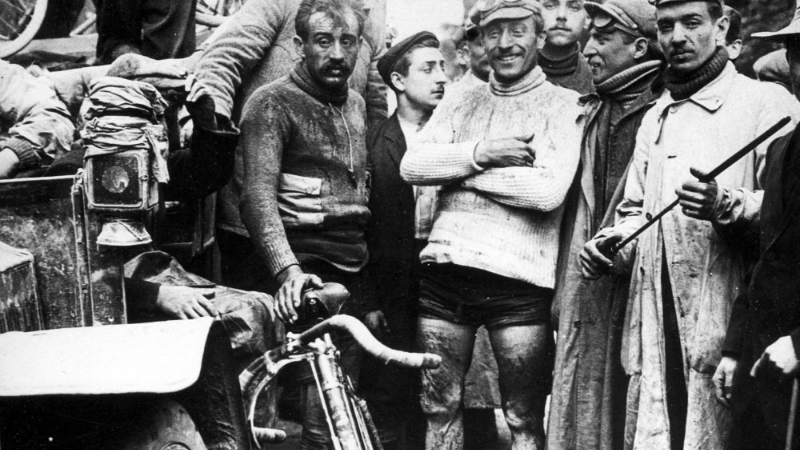
5 facts about Tour de France 1903
The first Tour de France started at 3 pm on the 1st of July in 1903 from the Café au Reveil Matin (Paris).
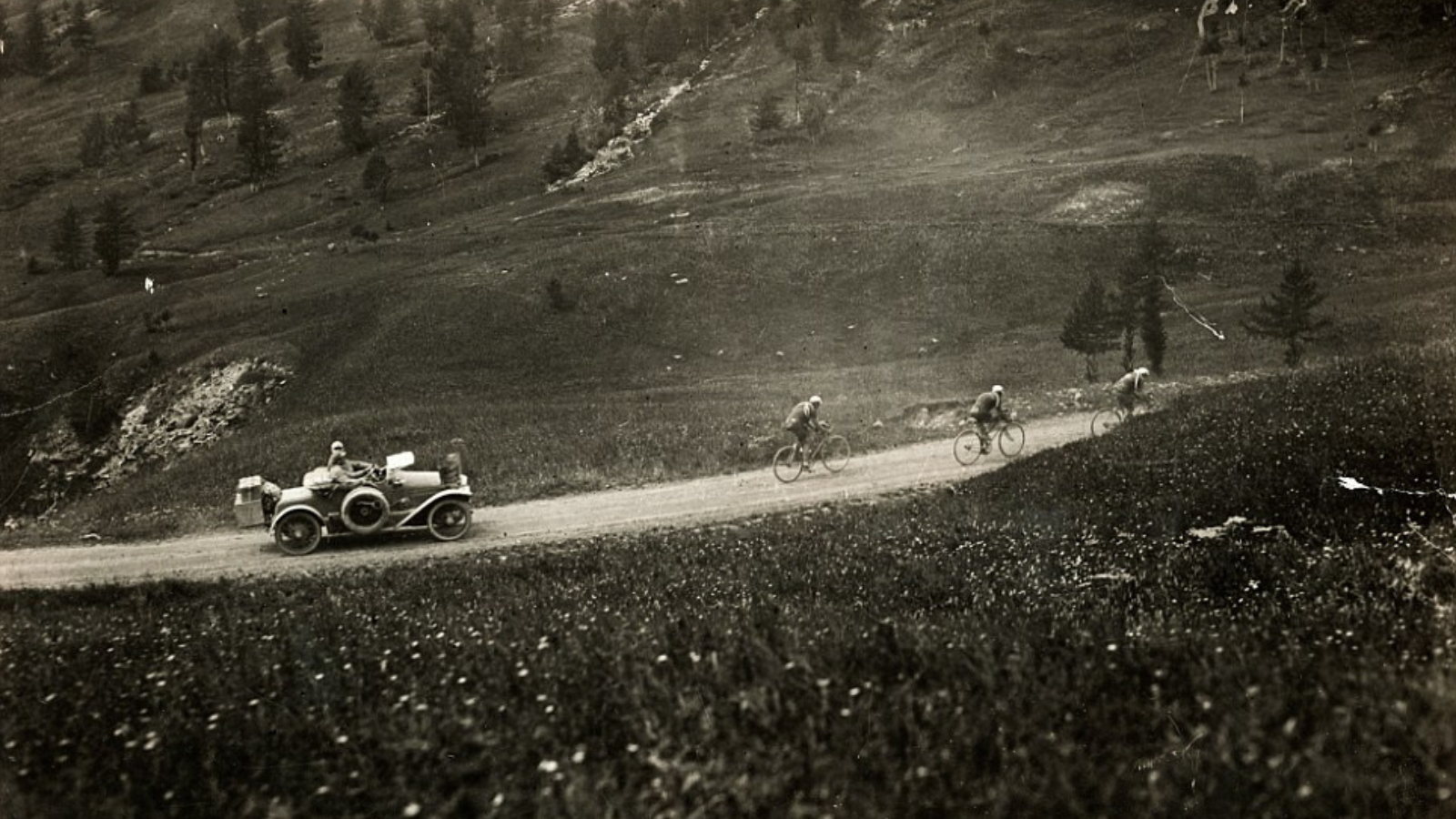
Climbing Col d’Allos at Tour de France 1914 -Vintage cycling image of the day
Tour de France 1914 started on the same day, 28th June, as the Austro-Hungarian Archduke Franz Ferdinand and his wife, Sophie, Duchess of Hohenberg were assassinated in Sarajevo. When the riders lined up in the middle of the nigh for the start of the first stage in Paris, they knew nothing about that this day … Read more
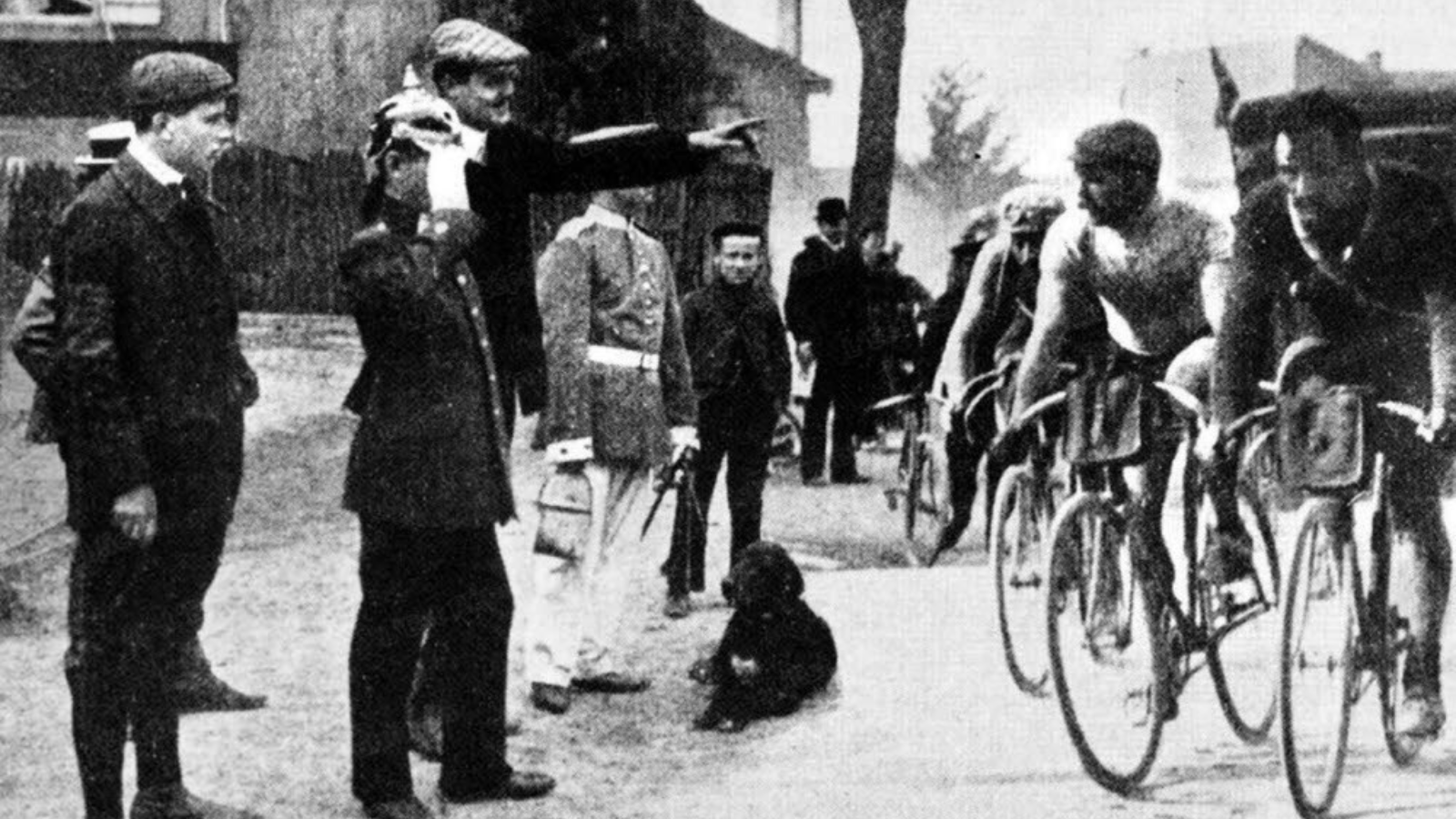
When Tour de France went abroad before 1914
Defining historical events of the 20th century often left their marks on road cycling history. Just think about, for istance, the impact of World War 1 on the mythology of some famous races, like Paris-Roubaix. The born of the famous phase of “Hell of the North” is a quite well known story among cycling fans. … Read more

Faces from the peloton: Hippolyte Aucouturier (1876-1944)
Although the idea of a French cyclist in a striped shirt might seem like a little bit of a cliché, sometimes stereotypes are carrying quite much truth in themselves. Just take a look at Hippolyte Aucouturier! One of the most iconic characters from the early days of road cycling races. Nevertheless, he was not only … Read more
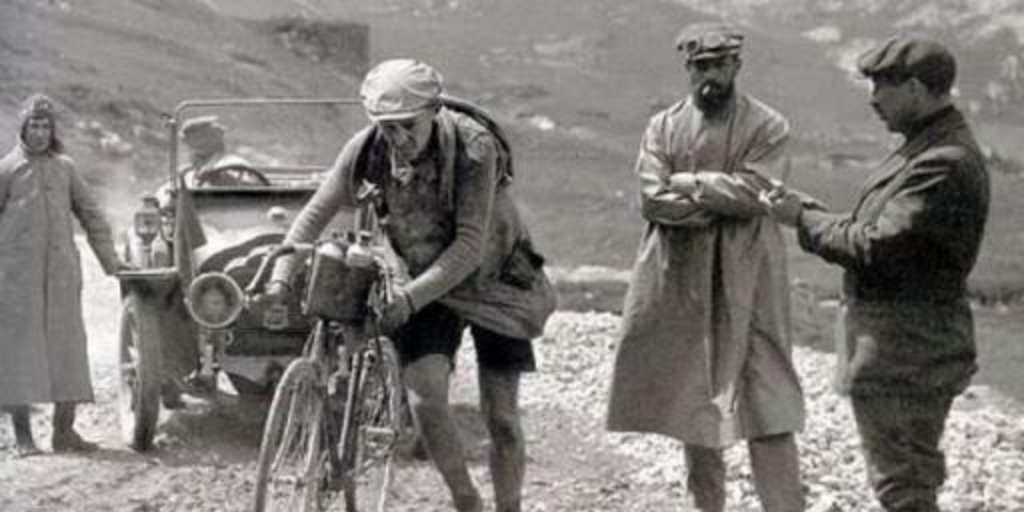
Introducing Col du Tourmalet to Tour de France
It was a great moment and yet one of the weirdest situations in the history of Tour de France, when and, it seems to be more important, how the organisers decided to put Col du Tourmalet in the program. Crossed Tourmalet stop. Very good road stop. Perfectly passable. -stood in the telegram Alphonse Steinès sent … Read more
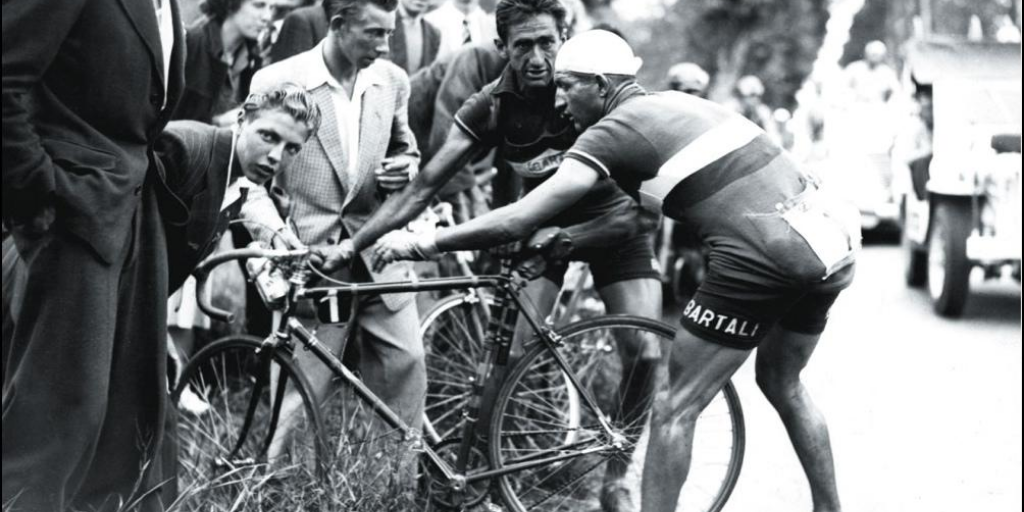
Four scandalous Tour de France editions
In its more than 120-year-long history Tour de France, the most famous road cycling race of the world witnessed good time and bad time either. It had plenty of glourious moments, but also some shameful ones. Here are the four (arguably) most scandalous editions in the history of Tour de France . 1904 – an … Read more
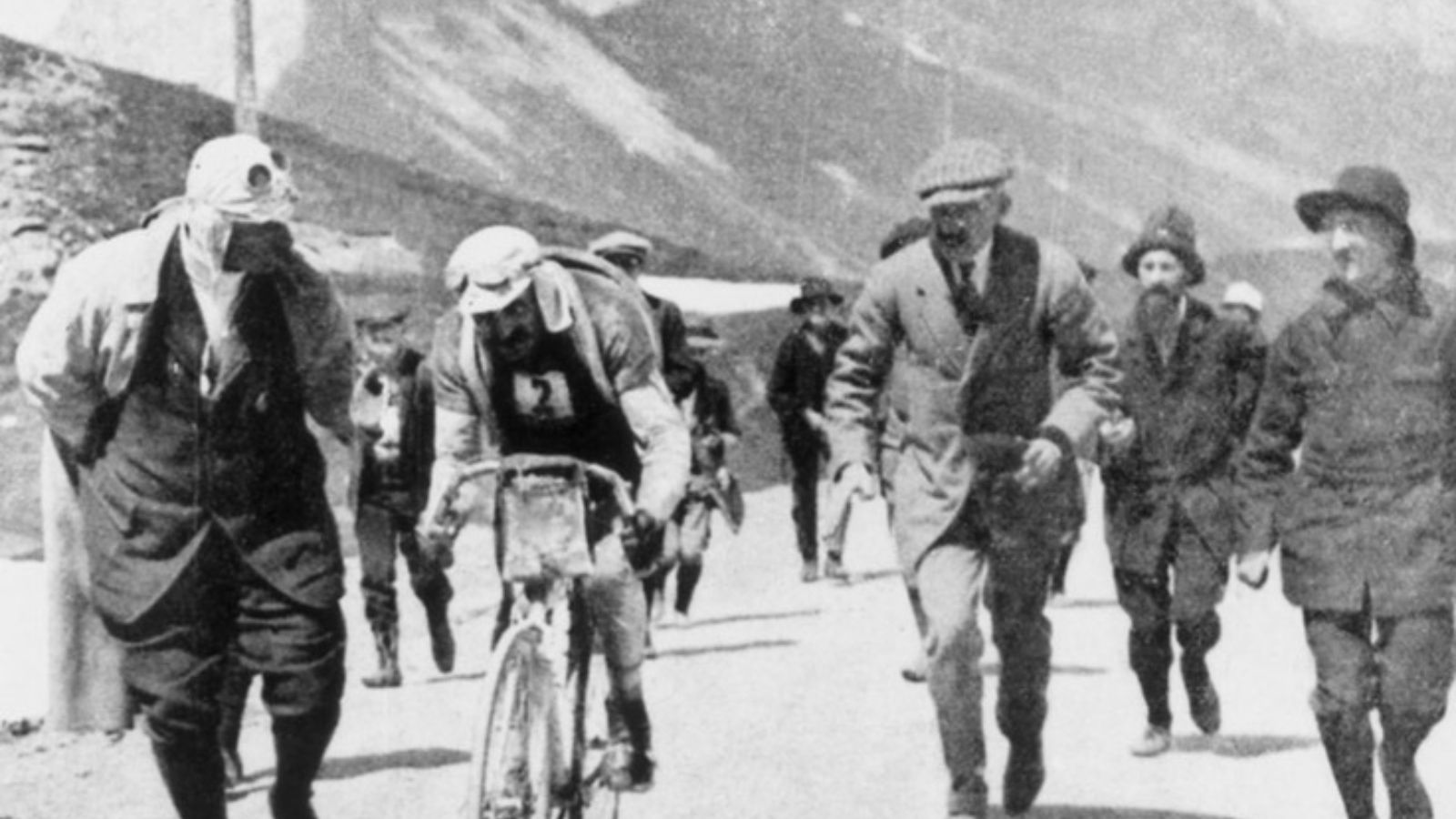
10 July 1911 The first mountain stage in the Alps at Tour de France
After the introduction of the Pyrenees to the race in 1910, the next big challenge of Tour de France was how to include the “giants of the Alps” into the program. The story behind using Galibier, Thelegraphe, Aravis, and Lautarer was far less dramatic than the organizers’ first encounter with Col du Tourmalet. Nevertheless, the … Read more
